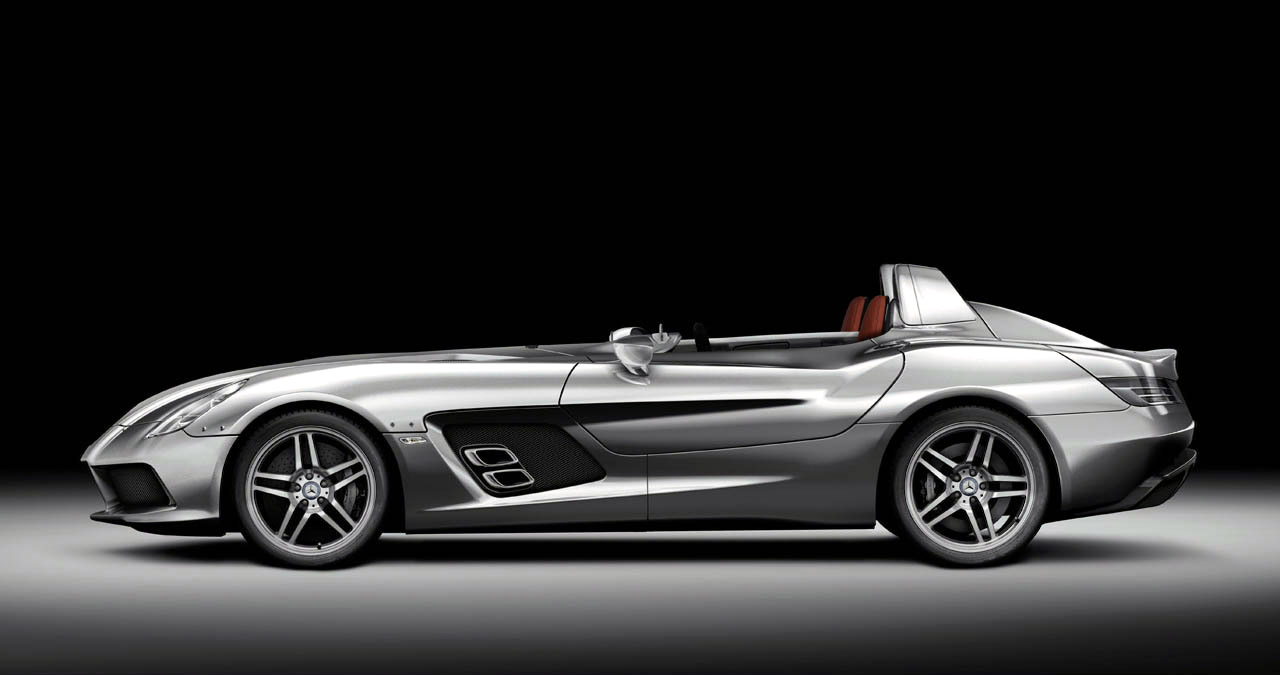Do you remember reading throughout the 1980’s that Ferrari produced, on average, about one and a half cars a day? I do. Many of the parts were manufactured almost entirely by hand, while some major components were injection molded. This meant there were always only low volumes of each model (and their components) produced. Lately the company has grown and expanded so much that some of its supercars, while still maintaining the level of excellence that distinguishes the Maranello brand, are almost mass produced.
To counter the trend and bring back the “exclusivity” feel that driving a supercar is intended to give its owner, Ferrari (and other super car makers) have been producing smaller and smaller series of highly exclusive supercars, meaning a very limited number of people can now purchase a car that is special — very special.
This has always been the case but, while in the past getting a bespoke Ferrari or another supercar was something only Sultans and billionaires could afford, now, thanks to the implementation of 3D printing technologies for the production of final components, it is becoming a stronger and more common trend. The latest manifestation of which is the F60 America, an open top sports car loosely based on the current F12berlinetta.
Ferrari only made 10 units of its 731 horsepower 6.3 liter V12 F60 America to celebrate 60 years since it opened up a US branch. A few months ago Lamborghini pushed itself even further with the Veneno. Only nine cars were built under this marque and only three of them were sold, at a price of 3 million euro. This time the super-supercar was built to celebrate 50 years since the birth of the company founded by Ferruccio Lamborghini. Lamborghini already surpassed its own record by introducing the Veneno Roadster: only six of them were produced and sold.
In Italy, Ferrari and Lamborghini, along with Agusta and Ducati, are among the very first adopters and largest users of 3D printing technologies. Although they do not tend to reveal any specific details, they are known to rely on internal EOS and Stratasys systems plus an undisclosed number of other metal 3D printing technologies. They also use external rapid prototyping and additive manufacturing services such as CRP Group, Skorpion, Energy Group and Proto Service, just to mention a few that I have had the opportunity to contact or visit in the past.
The additive manufacturing technologies are used to create a large number of parts for their concept models and – more and more often – even for final production of parts such as light fixtures, dashboards, internal metal components and personalized interior details. These trends introduced by the top car manufacturers common among the wider car industry.
As the use of 3D printing technologies for final production takes hold we are likely to see personalized and very small series of supercars become more common. So common, in fact, that those small series of highly personalized models may actually become larger and even more affordable (in a supercar kind of way). For example Mercedes, another big adopter of additive manufacturing processes, produced 75 examples of its 650 horsepower 5.5 liter V8 SLR McLaren Stirling Moss back in 2009: the price for this jewel then marked the last collaboration between the two companies? “Only” €1.000.000. Not for every pocket, but, then again, it is not meant to be.





